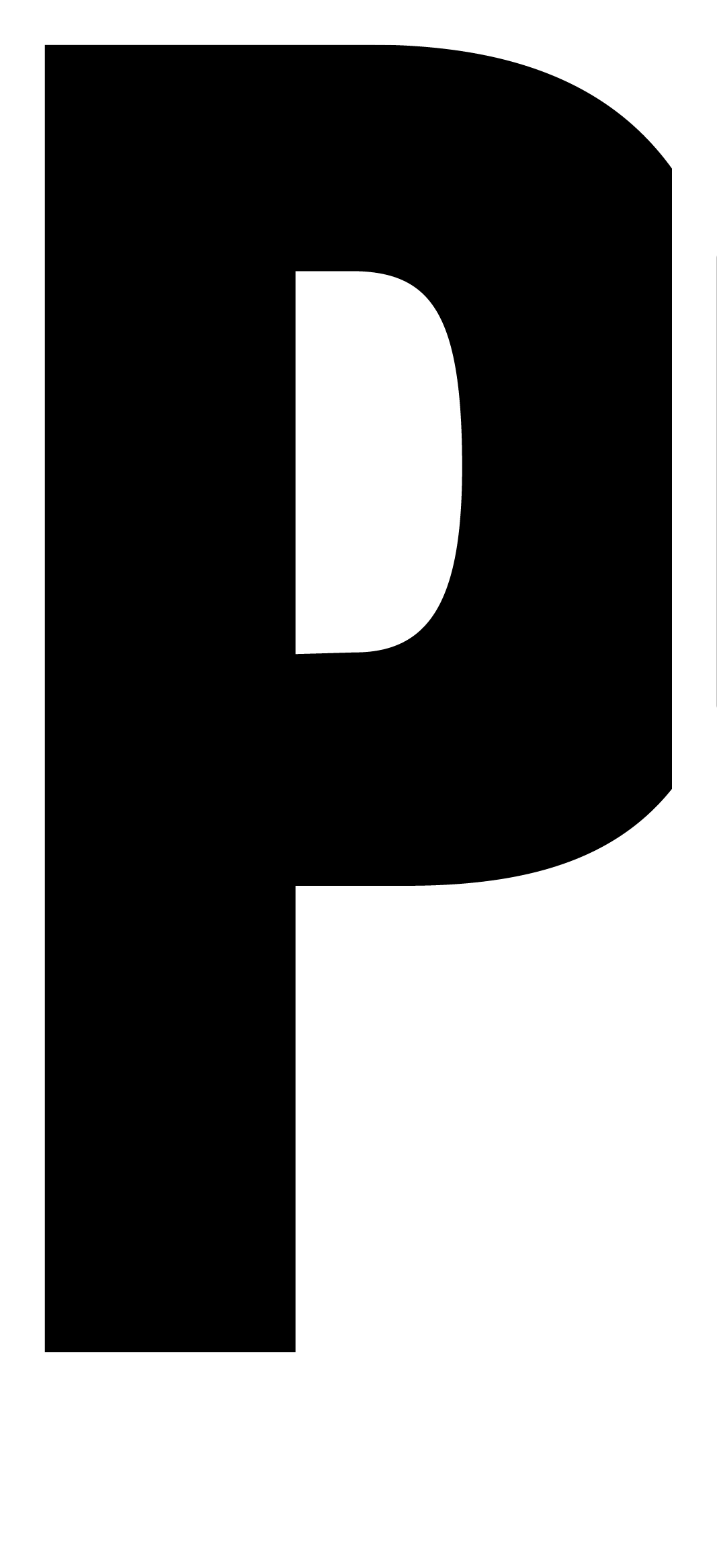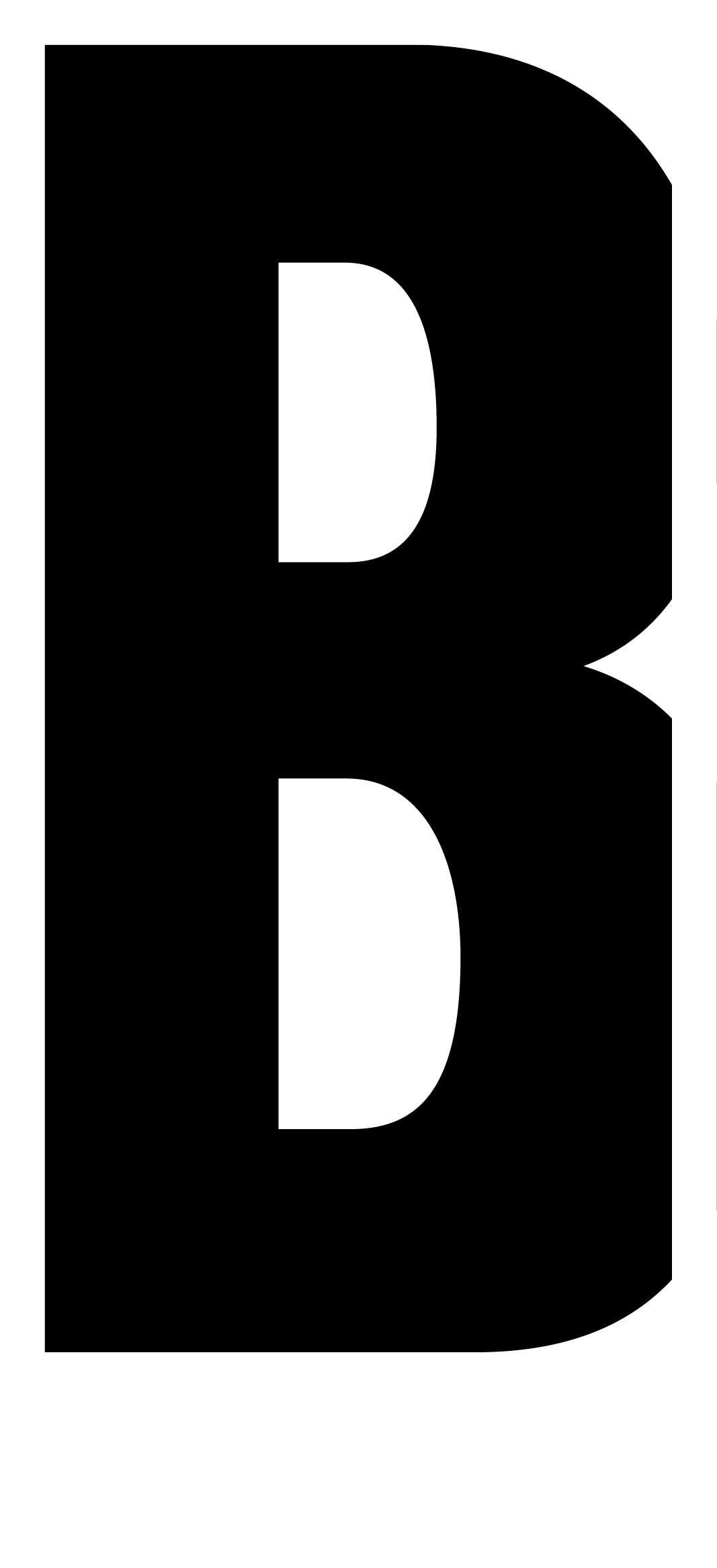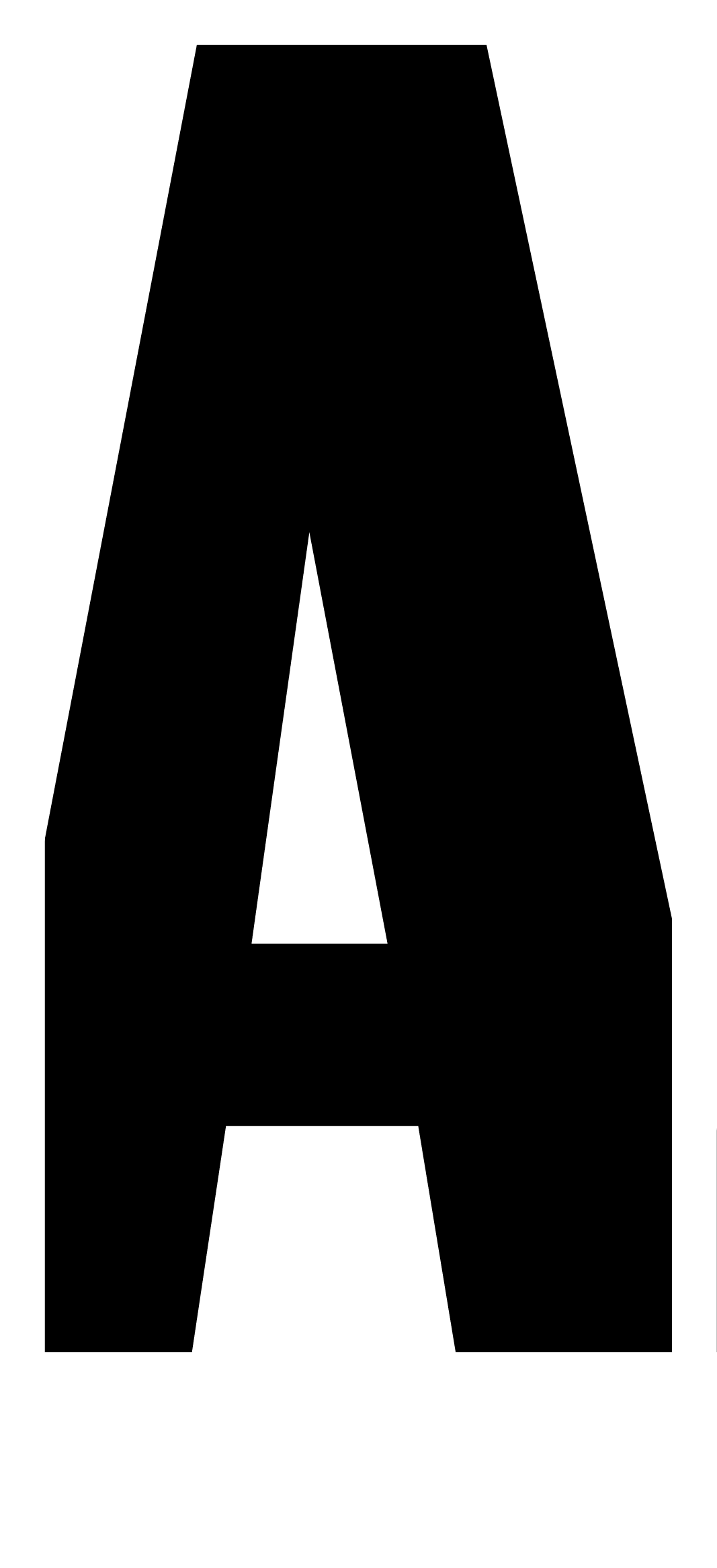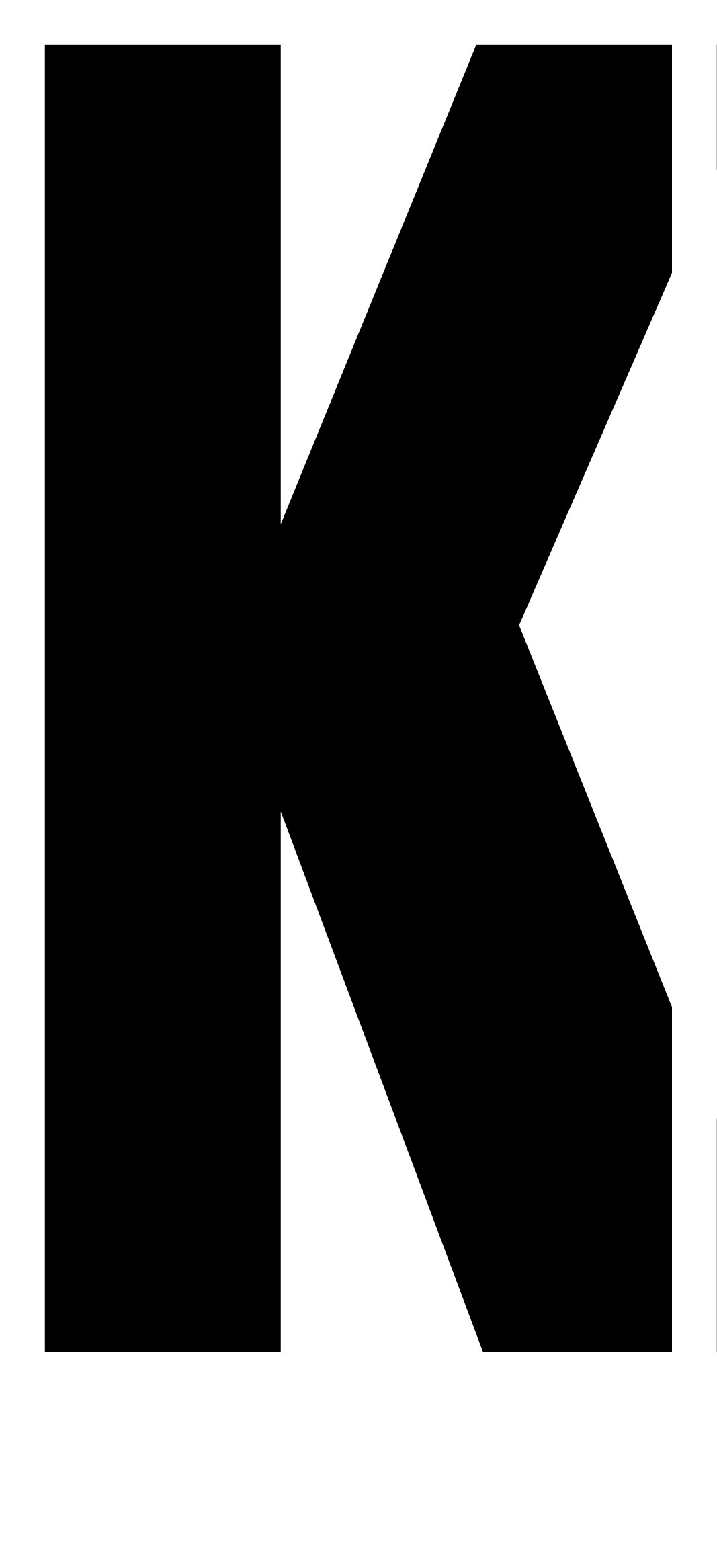“The cultural probes -these packages of maps, postcards, and other materials- were designed to provoke inspirational responses from elderly people in diverse communities. Like astronomic or surgical probes, we left them behind when we had gone and waited for them to return fragmentary data over time.”
From ‘Cultural probes’ (1999) by Bill Gaver, Tony Dunne and Elena Pacenti
In this text the writers explain how they used the ‘cultural probe’ as a research method for understanding the local culture, so that their designs wouldn’t seem irrelevant or arrogant.
“The cultural probes -these packages of maps, postcards, and other materials- were designed to provoke inspirational responses from elderly people in diverse communities. Like astronomic or surgical probes, we left them behind when we had gone and waited for them to return fragmentary data over time.”
“The probes were part of a strategy of pursuing experimental design in a responsive way. They address a common dilemma in developing projects for unfamiliar groups.”….”We wanted to lead a discussion with the group towards unexpected ideas, but we didn’t want to dominate it.”
Content of the probe
Postcards (8 to 10): images on front, questions on back (e.g. “Tell us a piece of advice or insight that has been important for you”) concerning attitude towards lives, cultural environment and technology of the elders. Medium is an informal, casual and friendly way of communication, pre-addressing and stamping them bridges the gap of returning them to the researchers.
Maps (±7): with an accompanying inquiry exploring the elders’ attitude towards their environment. Global maps (“where have you been in the world?”) to local maps (“Where do you like to daydream?”). Small dot stickers were provided to mark answers.
Camera (disposable) repackaged to integrate with the other probe materials. At the back a list of required pictures, but also with room to shoot other things the elders wanted.
Small booklet: Photo album (“use 6 to 10 pictures to tell your story”) & media diary (“record your television and radio use, call etc”).
2 year project: first year: opening a space of possible designs; second on developing prototypes to be tested in the sites.
Inspiration, not information
Design as research: “Unlike much research, we don’t emphasize precise analysis or carefully controlled methodologies; instead we concentrate on aesthetic control, the cultural implications of our design, and way to open new spaces for design.”
Inspiration, not information; subjective and ‘inspirational data’. A more impressionistic account of their beliefs and desires. Designers are provocateurs and probes are interventions.
Role of Aesthetics
Overcoming distance by tone and aesthetics of the probe material, as visual as possible to cross language barriers. To bridge the generational gap: reject stereotypes (e.g. ‘needy’ and ‘nice’) but opening new opportunities: they represent a lifetime of experiences and knowledge.
Aesthetics are integral part of functionality: appealing, motivating, efficient and usable. Delightful but not condescending.
Elements of collage so that the images open new and provocative spaces, and new perspectives on everyday life. “We decided to present them ourselves to explain our intensions, answer questions, and encourage the elders to take an informal, experimental approach to the materials.
“The cultural probes were successful for us in trying to familiarize ourselves with the sites in a way that would be appropriate for our approach as artist-designers.”… The other half is that the elders learned from the probes. They provoked the group to think about the roles they play and the pleasures they experience…”










